As baseball has progressed statistically, one stat has stayed the same throughout all the changes, and that is wins above replacement (WAR).
WAR measures a player’s value in all facets of the game by deciphering how many more wins he’s worth than a replacement-level player at his same position (e.g., a minor league replacement or a readily available fill-in free agent).
Having gone through the history of the Orioles, starting from the 1954 season, we have constructed the Baltimore Orioles All-WAR team.
Before we announce the team, there is one thing to mention about the players we selected. We went by the best seasons of each player. This is not based on career WAR for the Orioles. It’s strictly based on seasonal WAR by position.
With that said, here is the Baltimore Orioles All-WAR team.
Catcher: Chris Hoiles – 1993 (6.8)
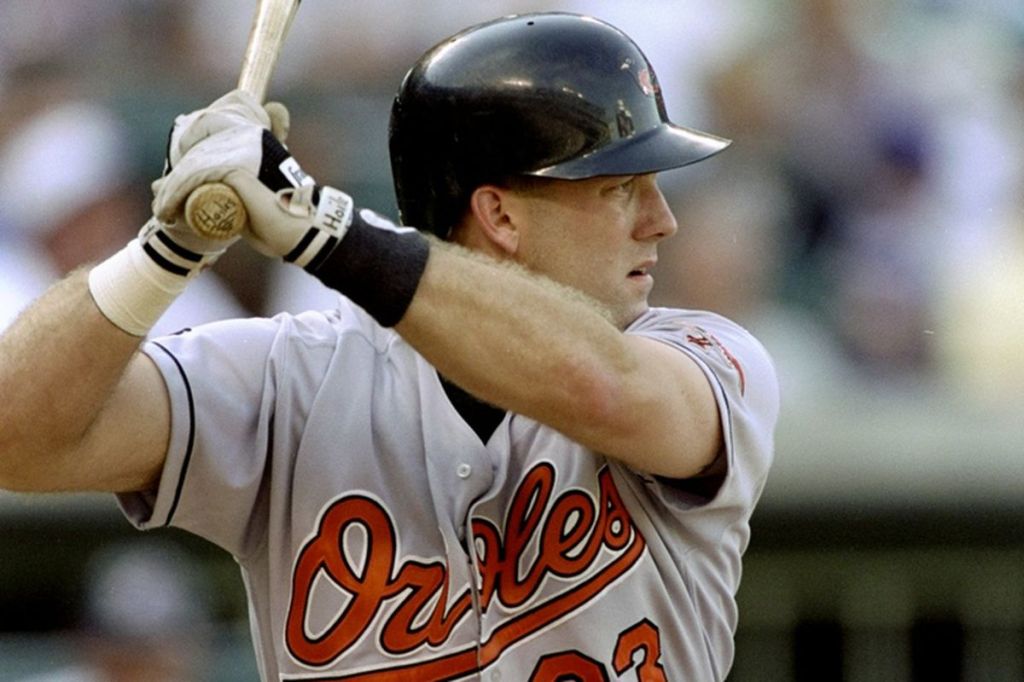
Hoiles’ 1993 season was hands down his best year during his nine-year career, as he slashed .310/.416/.585 with a 1.001 OPS in 126 games.
Hoiles earned career-highs in hits (130), doubles (28), home runs (29) and RBIs (82) during the ’93 campaign and finished 16th in MVP voting, earning 10 points and finishing higher than Cal Ripken Jr.
First Base: Eddie Murray – 1984 (7.1)
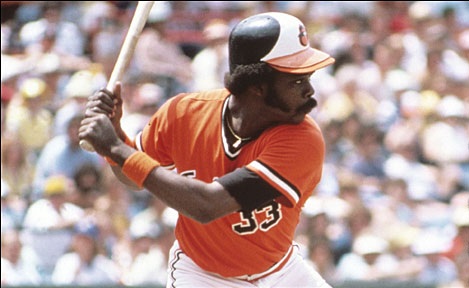
It was really surprising to see that Chris Davis and his monster 2013 season tied with Eddie Murray’s 1984 season. But overall, Murray’s 1984 season was overall slightly better.
Murray played in all 162 games for the only time in his career and slashed .306/.410/.509 with a .918 OPS. He collected 180 hits, 26 doubles, three triples and 29 home runs, 110 RBIs and walked 107 times. Murray also was an All-Star, finished fourth in MVP voting, powered his way to a Silver Slugger and won the Gold Glove at first base during the 1984 season.
Second Base: Bobby Grich – 1973 (8.3)

A former first-round pick in 1967 for the Orioles, Grich was heavily carried by his well-above-average defense, as he was a four-time Gold Glove winner. But his 1973 season was a breakout one for him.
Grich put together an impressive season offensively, finishing with 146 hits and a .760 OPS, which combined with his seven triples and 107 walks, really helped the 1973 Orioles’ offense soar. His defense was top tier, once again, with his career-high 509 assists at second base, which earned him another Gold Glove.
Third Base: Brooks Robinson – 1968 (8.4)
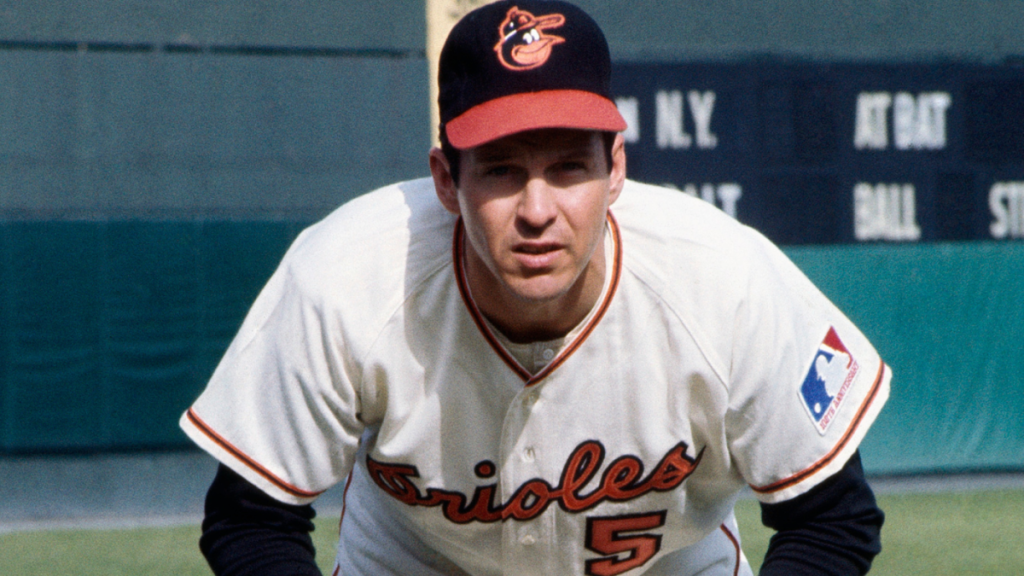
There was no question who the third baseman on this team would be. The only question was which season of Brooks Robinson’s would end up chosen. What’s crazy is that his 1968 season was his best campaign overall by WAR, and it wasn’t even his MVP season.
On the offensive side, he cracked 36 doubles and put together a .304 on-base percentage. Defensively, he had a .970 fielding percentage and assisted on 31 double plays, holding down that hot corner as he famously did for many years in Charm City.
Shortstop: Cal Ripken Jr. – 1991 (11.5)
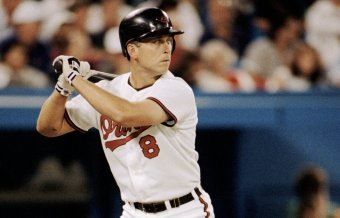
The only player to be on the list with a double-digit WAR is the only player to do it twice in his career. They didn’t call him the Iron Man for no reason.
Ripken’s MVP 1991 season consisted of an amazing 210 total hits, with 85 of them going for extra bases. He also knocked in 114 RBIs and hit for an average of .323. Ripken Jr. was honored as an All-Star and walked away with both a Gold Glove and Silver Slugger Award.
Left Field: Boog Powell – 1964 (5.7)

The outfield has to start with the man who has his very own pit beef concession stand at Camden Yards. The surprising part about Boog Powell’s 1964 season is that he didn’t even finish top-10 in the MVP voting.
Nonetheless, Powell’s .606 slugging percentage and 39 home runs really puts his 1964 season in perspective. It also was a season where, despite his numbers, he wasn’t an All-Star selection for the American League. This was also one of the final years of Powell being a left fielder before moving to first base.
Center Field: Paul Blair – 1969 (7.1)
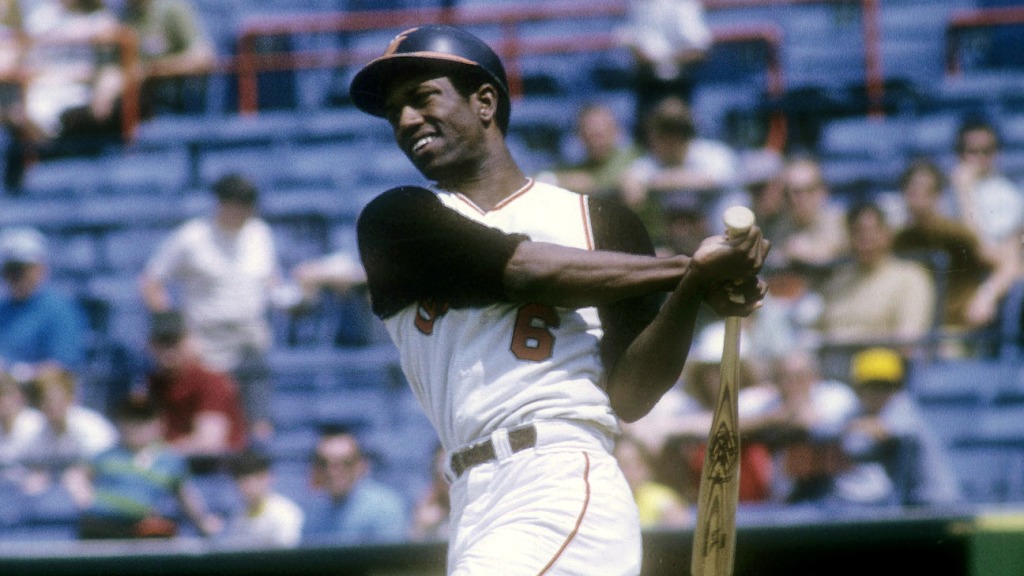
Adam Jones, John Shelby, Al Bumbry and Cedric Mullins: Four center fielders in Orioles history that were unbelievable at their position, and none of them led in WAR for a season at that position. It was four-time World Series Champion Paul Blair and his All-Star 1969 season who led.
Led by a career-high 178 hits and 26 home runs, Blair put together a season that officially put him on the map. Before his 1969 season, Blair wasn’t well known around MLB, except for his Gold Glove win in the 1967 season. Speaking of defense, Blair earned a career-high 2.8 dWAR and had 14 outfield assists in ’69.
Right Field: Frank Robinson – 1966 (7.7)

Finally, a player’s season that corresponds with one of the three World Series rings. Also, its pretty obvious that both Robinsons in Frank and Brooks would make this team at their respective positions.
Robinson put up an impeccable 1.047 OPS and hit a career-high 49 home runs for the 1966 season. He also had an OPS+ of 198 and tallied 367 total bases. Robinson’s 1966 campaign helped the Orioles make the postseason and win the World Series behind his two home runs and impressive 1.232 OPS.
Designated Hitter: Nelson Cruz – 2014 (4.5)

Boomstick was one of the best one-year wonders for the Orioles. Cruz, in 2014, was considered to be the peak of what Oriole fans enjoyed in Baltimore with the power swing of he and fellow slugger Chris Davis.
Cruz had his first 40-home-run season during his time with the Orioles. He also had his first 100+-RBI season and had career-highs at the time in walks (55), total hits (166) and intentional walks (8). Cruz was also an All-Star and finished seventh in AL MVP voting.
Starting Pitcher: Jim Palmer – 1975 (8.4)

The greatest starting pitcher in Orioles history has to be on the All-WAR team. Palmer had a career-low ERA of 2.09 in 39 games during the 1975 season. He also had his fifth season in which he earned 20+ wins and won the second Cy Young of his career.
But the most impressive part was that Cakes had 10 shutouts and 25 complete games that season. Palmer started 38 games, meaning that 65% of his starts finished as complete games, and 26% of his starts finished as a shutout.
Relief Pitcher: Billy Hoeft – 1961 (4.2)

Hoeft’s 1961 season was hands down the best season of his career, as he pitched in 35 games. He technically did start 12 games that season but is considered a relief pitcher according to Baseball Reference.
Hoeft had a career-low 2.02 ERA and finished the season with three saves. He pitched 138 innings and struck out 100 while only giving up 106 hits and seven home runs.
Closer: Zack Britton – 2016 (4.1)
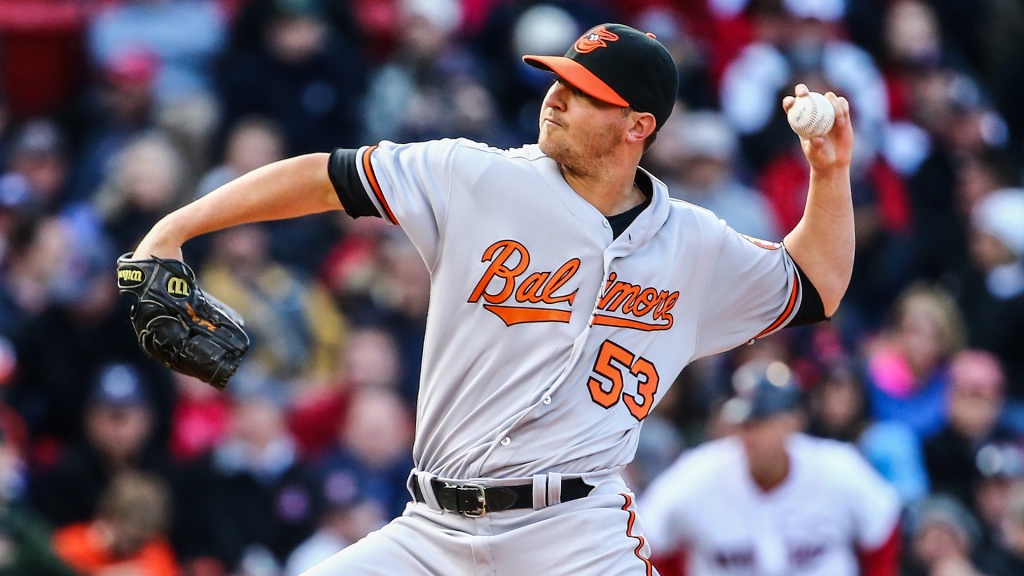
Félix Bautista did not make the list, but you can’t be mad after the historic season Britton had in 2016. The recently retired closer, who started 28 games five years prior, decided to suffice himself as having one of the best closer seasons in MLB history.
Britton pitched in 69 games and had a career-low 0.54 ERA, as he only gave up four earned runs all year. He gave up three earned runs in April and then didn’t give up his fourth until August 24, meaning he went 103 straight games between giving up an earned run. Britton finished fourth in Cy Young (even though he should have won over Rick Porcello) and finished 11th in MVP voting, collecting 47 saves, which was also a career-high.
The total WAR of this team is 83.8, which in technicality means that this team would win 84 games. But let’s be honest, this team would win at least 90 games.
Is there any player that surprised you the most? Is there any player that you thought would be on here and wasn’t? Let us know in the comments below! Make sure to follow The Baltimore Battery on Facebook, Twitter (X) and TikTok, and use the hashtag #baltimorebattery when sharing our content!
Represent The Baltimore Battery and show off your fandom with our official merchandise! Reasonably-priced attire made just for you! Visit our official shop site by clicking here!

Like Zack’s content? Follow him on X – @Zackattack8211 and @OsMilbUpdates for all the latest news and updates on the O’s farm system!

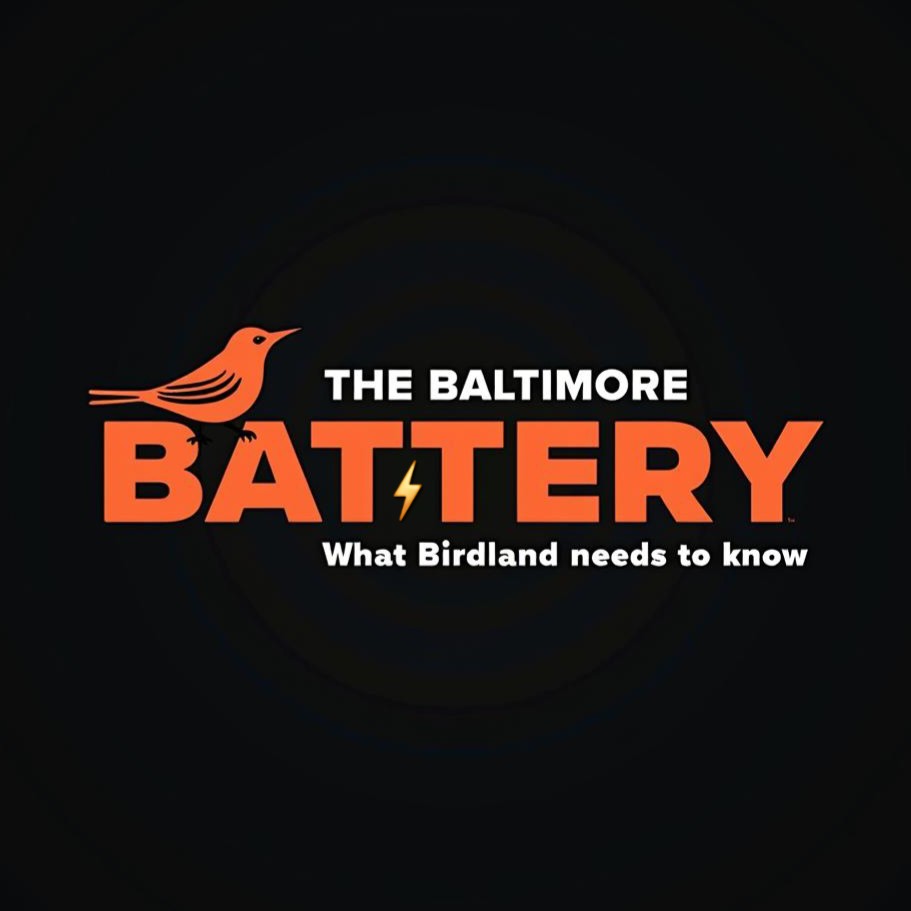



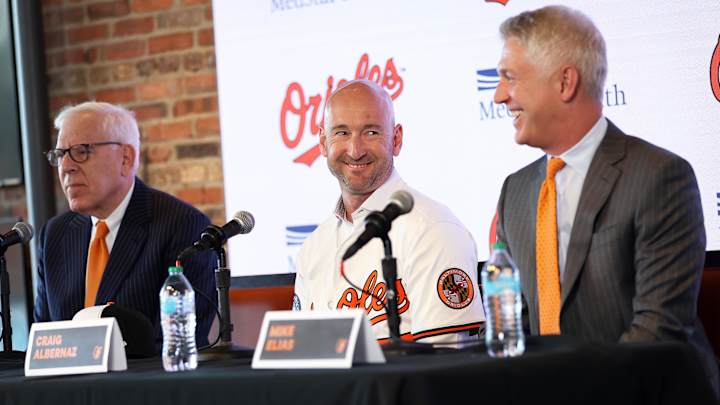
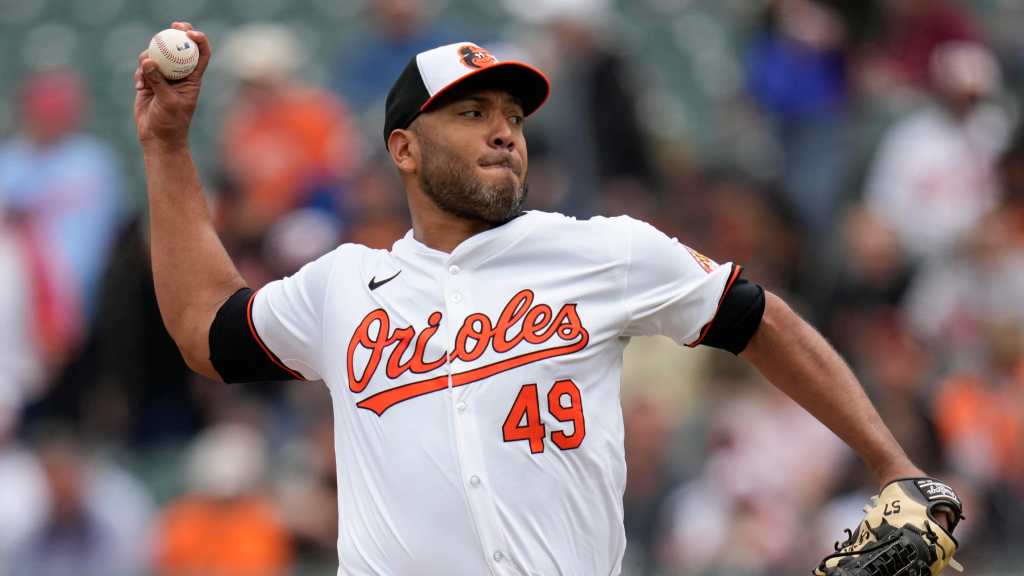

Leave a comment